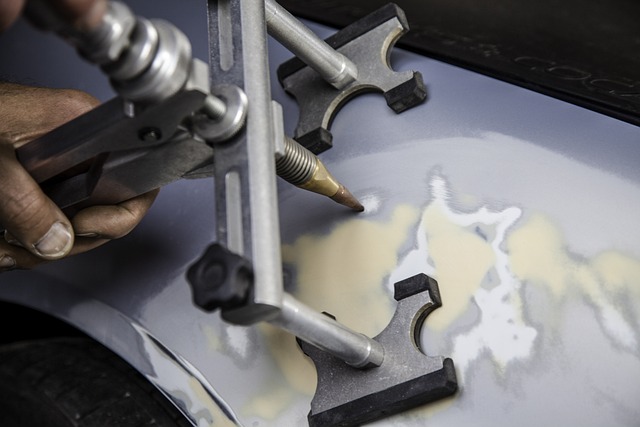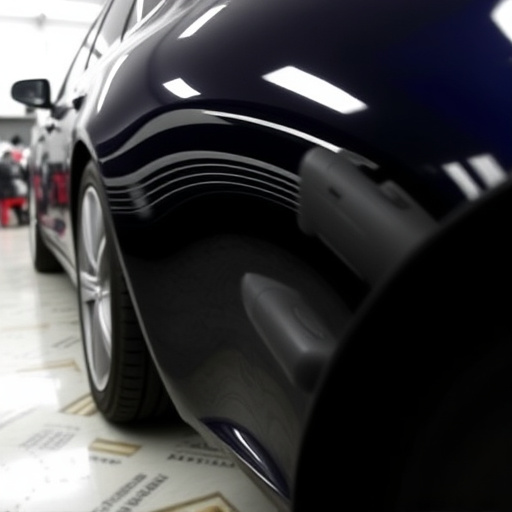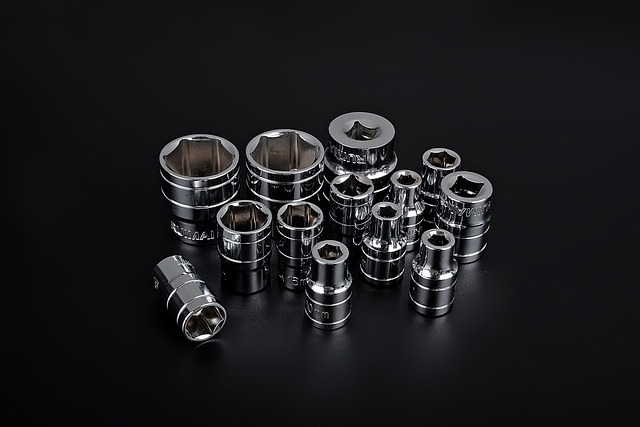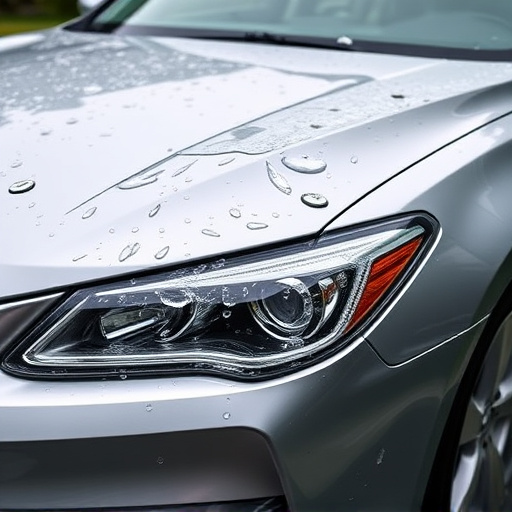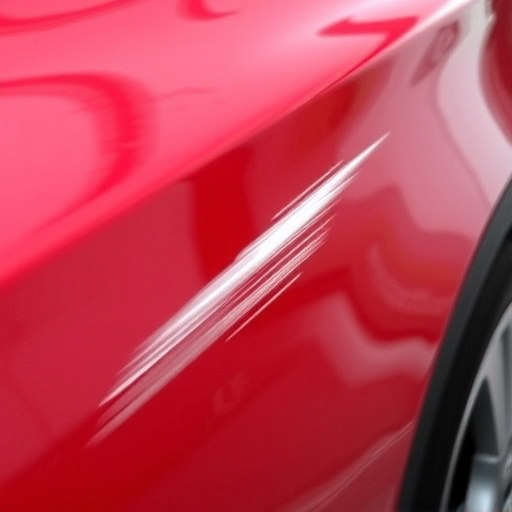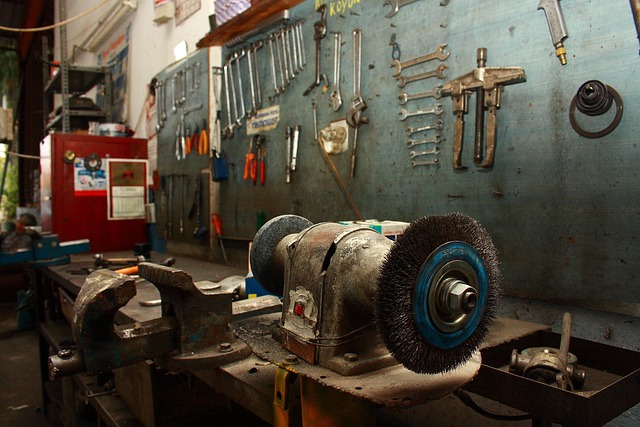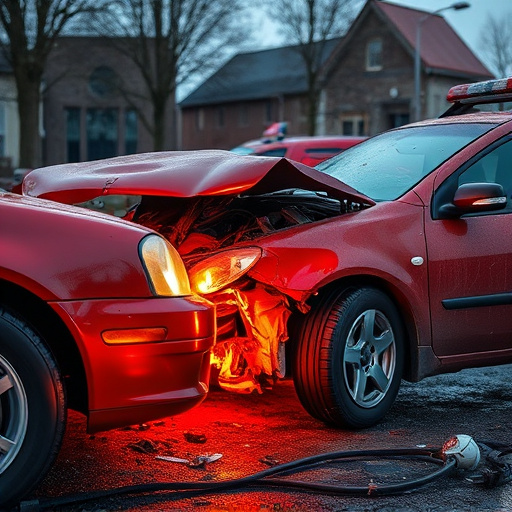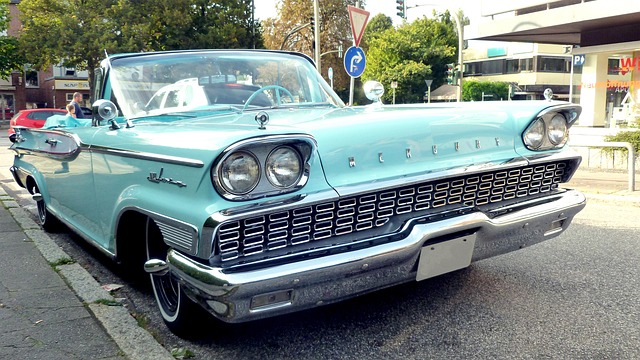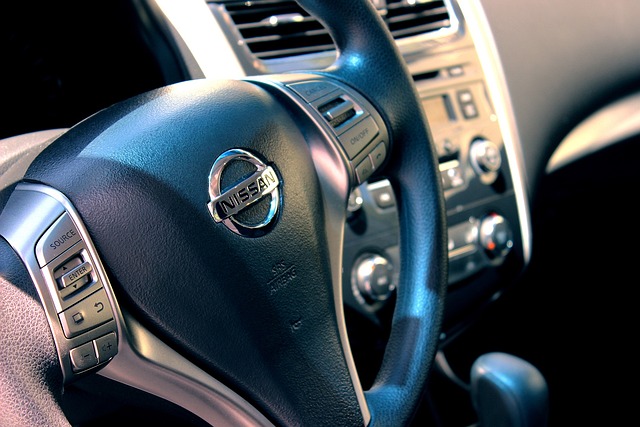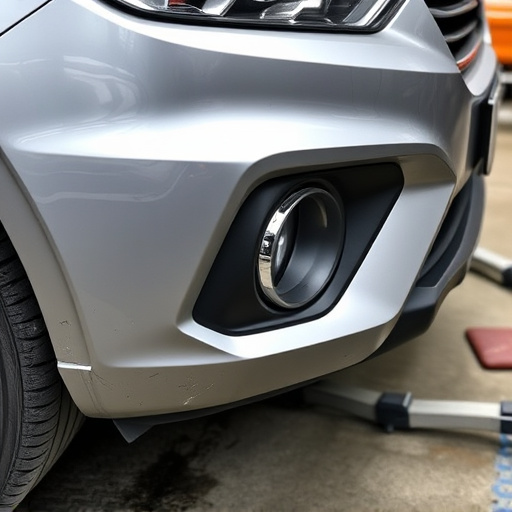Vehicle dent fixing is a critical aspect of collision repair, focusing on restoring cars to their pre-accident condition. Technicians assess dent severity and use methods like PDR (Paintless Dent Repair) for minor dents, preserving the original finish. More severe cases may require body work at a collision center. Different dent types and causes are emphasized, showing that while simple tools suffice for shallow dents, complex dents on premium cars demand advanced techniques to match factory finishes. DIY kits handle basic dings, but major repairs often need professional collision repair techniques.
Vehicle dent fixing is a process that repairs damage to car bodies, enhancing aesthetics and value. Understanding the dent repair process involves grasping what causes dents—from minor bumps to deep creases—and how each type is addressed. This article guides you through the steps, from initial assessment and de-denting techniques using tools like pullers or air pressure, to meticulous filling, sanding, and finishing with priming, painting, and protective coatings. Discover the science behind vehicle dent fixing for long-lasting, flawless results.
- Understanding the Dent Repair Process
- – What is a dent and how does it occur?
- – Types of dents: from minor bumps to deep creases.
Understanding the Dent Repair Process

The process of vehicle dent fixing is a meticulous art that involves repairing damage caused by accidents or impacts. It’s a critical aspect of collision repair, ensuring vehicles return to their pre-accident condition. This process begins with an assessment to determine the extent of the dent and its impact on various parts of the vehicle body. Skilled technicians use specialized tools and techniques tailored to different dent types, from minor bumps to more extensive damage.
Modern dent repair often involves precision technologies like PDR (Paintless Dent Repair), which preserves the original factory finish by gently pushing out dents without painting. This method is cost-effective and efficient for many common vehicle dents. Alternatively, in more severe cases, replacement panels or comprehensive body work might be required at a collision repair center, ensuring proper alignment and vehicle restoration to its original state.
– What is a dent and how does it occur?

A dent is a common damage that can occur to a vehicle’s surface due to various reasons. It happens when an external force presses into the metal body panel, creating a depression or indentation. This can be caused by accidental collisions with objects like parking barriers, shopping carts, or even small debris on the road. Dents vary in size and severity, ranging from minor cosmetic issues to significant structural damage. In the context of vehicle dent fixing, the primary goal is to restore the car’s exterior to its pre-damaged condition, ensuring both aesthetic appeal and safety.
Understanding how a dent occurs is crucial when it comes to effective vehicle dent repair. Different types of dents may require specific techniques for restoration. For instance, a shallow dent caused by light impact might be addressed with simpler methods like using a specialized tool to gently push the metal back into place. In contrast, deeper or more complex dents on premium vehicles like Mercedes Benz repairs may necessitate advanced techniques and precision engineering to match the original factory finish during car restoration.
– Types of dents: from minor bumps to deep creases.
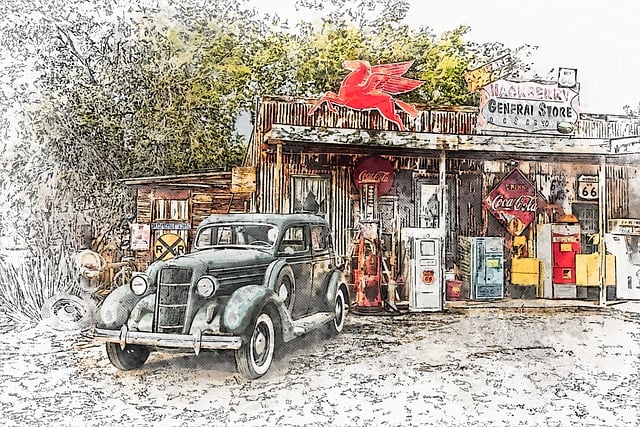
Vehicle dent fixing encompasses a range of repairs, from addressing minor bumps to correcting deep creases and dents. These imperfections can arise from various sources, including parking lot fender benders, accidental collisions, or even simple car door dings. Understanding the spectrum of dents is crucial when considering vehicle dent fixing.
Minor dents, often referred to as ‘dings’ or ‘door dings’, are typically shallow and result from minor impacts. These can usually be fixed at home using DIY kits or taken to a professional for swift removal. On the other hand, deep creases or ‘major dents’ involve significant deformation of the vehicle’s body panel and may require more intricate collision repair techniques, including precision tooling and expert auto bodywork skills to ensure a seamless, like-new finish.
Vehicle dent fixing is a precise art that restores your car’s exterior to its original condition. Understanding the dent repair process, from assessing damage to applying specialized techniques, ensures excellent results. Whether dealing with minor bumps or deep creases, professionals use advanced tools and methods for effective vehicle dent fixing, enhancing safety and aesthetics.
